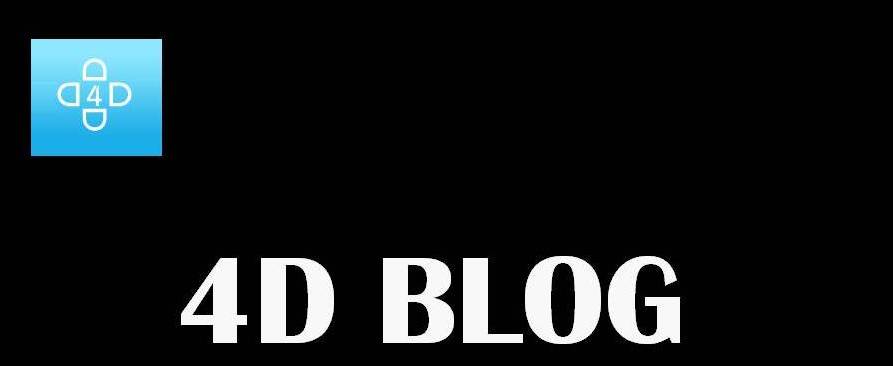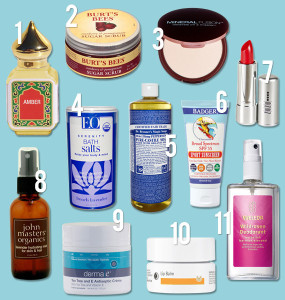“GROWING HERBAL COSMETICS INDIAN MARKET”
By:
Prof. Ashok Sinha
&
Prof. Nisha Singh
We focused on the positioning of various herbal cosmetic brands in urban India. Many of the world’s popular cosmetics brands entered the Indian market in the 1990s as the Indian market opened up to foreign companies. The cosmetics and personal care industry has been growing at an average rate of 15-20 percent for the last few years. Growth has come mainly from the low and medium-priced categories, which account for 90 percent of the cosmetics market in terms of volume. Even though mass-market products still constitute the major portion of the India cosmetics and toiletries market, increased disposable income has led to growth in demand for premium products. Initially these products comprised of brands like:Loreal,Revlon etc to name a few who boasted of superior technology and use of science for beautiful skin and hair. But now there is a reverse trend seen and consumers are fast diverging from these products to premium Herbal/ natural products. We focussed at gauging the consumers’ perception of these brands with a special emphasis on finding the most preferred brands and reasons as to why consumers are buying herbal products at all. The respondents were students/working women and men/homemakers between the age of 18 years to 45 years
Our focus mainly covers the cosmetic industry of India and emergence of International brands, and consumer awareness towards quality. Cosmetics in India have always been dominated by global brands partly by adoption, partly by franchising and partly by imports. However, the Indian Market was also served by a number of traditional cosmetics, which segment was dominated by the informal or the small industry the value of the output of cosmetic industry is estimated at Rs 12.5 bn in the organized sector the informal sector produces about one-third by value and much higher by volume the total market is of the order of Rs 19 to 20 bn. It has witnessed a growth rate of 12 to 18% annually. Despite the downward trend in the demand of a large number of consumer products, the cosmetic industry continues to grow at a high rate basically because of the entry of the new players and new products and globally known brands. This could also be due to the essentiality function of some of the product such as talcum powder and those having relatively high per unit value. The excise duty on cosmetic to as high as 120%, which was lowered to 30% this has helped to boost demand.
It was found that teenagers are the target to boost demand, teen ager is the target to all brand builder although the major use segment is the adult women. The up-end market is expected to grow at the rate of 15% and might pick up a rate of 20% from the present market value level to Rs 16bn.
The introduction of the herbal segment is a relatively new element. It is estimated to have logged a turnover of over Rs 4.0 bn.
It was witnessed that Amway India is emerging as a strong force. With its past history, the talcum powder is the leading segment by volume although in value term it is the third largest product. The total demand of talcum powder is estimated at around 20000 ton per annum. The other two important items where facial creams including fairness creams and lipstick. Revlon has been the dominant producer with the market share of over 20% of the total demand of talcum powder produced by the organized sector. Oriflame follows at second spot with a market share of 10% followed by Maybelline with a relatively small share of 5%. The new entrant is Revlon and Christian Dior which has the potential to emerge as an important player in long run. The talcum powder section has grown steadily at an annual rate of 8 to 10%. Indications are that this rate should be sustained over the next five years. The rural market in particular offers a big potential. The urban market at a penetration co-efficient of 0.6 is fairly high although not at the peak. Only since 1990’s and especially after the 2000’s other cosmetics entered the market in a big way. Beauty creams have turnover of about 1.50 bn of this Revlon has a share of 20% in the fairness cream market the total market covers cold creams, fairness cream skin toners and moisturizers with an annual turnover of Rs 6.0 bn. We also also found that the major International players are Shahnaz Biotique, Lotus Herbals, Oriflame Herbals.
Coming to the color cosmetic which is spreading like a fire from metros and mega cities to smaller cities and towns, from working women to non working women, from the very affluent to the core and even to the lower middle class. It is gaining increasing penetrations into rural areas as well. The value of color cosmetics is relatively low. It is basically due to low income and educational level among the women in India. It is limited both in users spread and product spread. The two leads players in colour cosmetics have been Revlon and Maybelline. The former has enjoyed 12% of the market of the organized brands. At the lower end Oriflame and Amway. Oriflame popular brand might also full in this category it is Amway which is taking on the national competition in the domestic market Revlon cosmetics made losses in 2000-2001 and it is reported that colour cosmetic might not survive. The average annual growth rate of the colour cosmetic market during the last five years is of the order of 16%.


